China and Russia conducting shadow wars in space using satellites
There’s something sinister going on which is sparking a new type of warfare that China is using to its advantage.
There’s something sinister going on above our heads. Several somethings, in fact.
Satellites are chasing each other. Secret spaceplanes are doing strange things. Dead objects are coming back to life.
A Russian “chaser” satellite has been sitting hot on the tail of a secret US military surveillance satellite since August.
A Chinese spaceplane is shifting orbit with a strange ‘tethered’ device dangling behind it.
And a supposedly ‘dead’ Saudi Arabian satellite has suddenly, without explanation, moved.
Why?
Satellites have long been critical components for communications and surveillance.
But now, they’re everywhere – all the time. They’ve become essential to every aspect of modern-day life, from financial transactions to tracking submarines.
And that makes them targets.
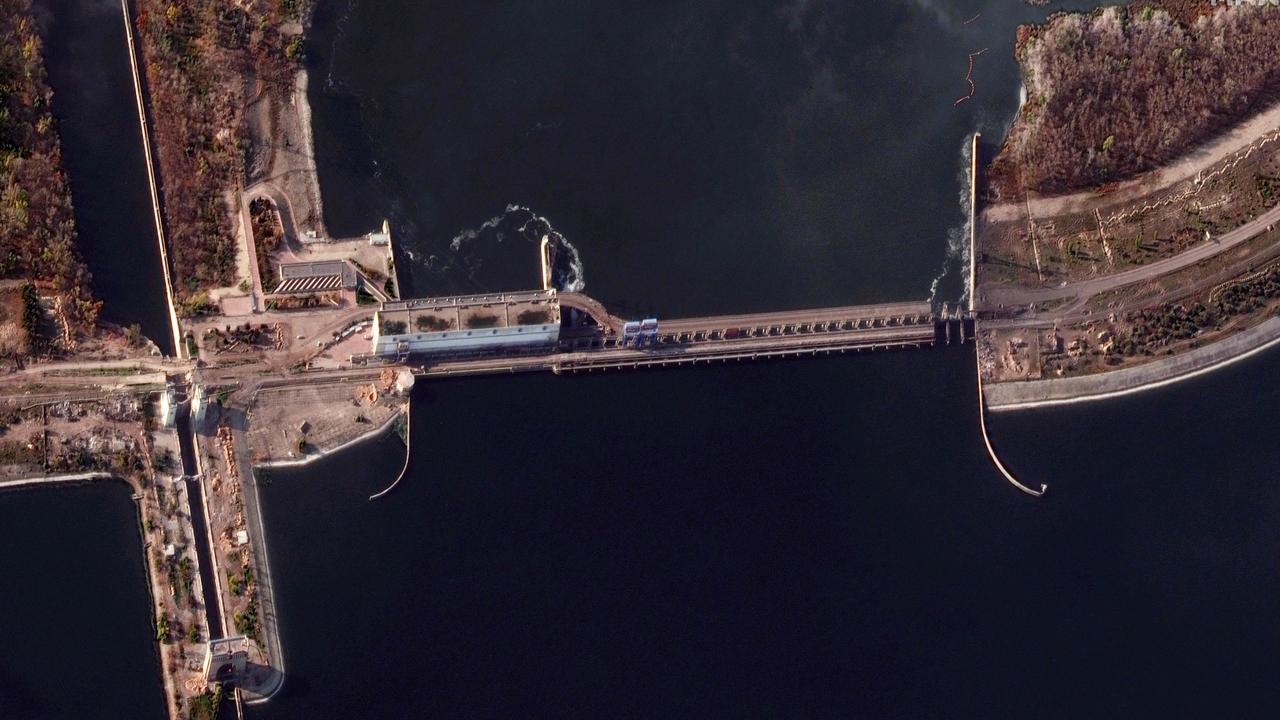
Space, however, isn’t like any other battlefield.
The consequences of a single shot can echo through the centuries. Several already are.
That’s because the wreckage can cannon about in orbit, posing a threat to space travel for decades – and millennia – to come.
But knowing is different to experiencing.
“Some space experts have called the war in Ukraine the first commercial space war,” says international affairs analyst Mariel Borowitz.
“The conflict has clearly shown the national security value of commercial satellite imagery, the ability of commercial satellite images to promote transparency and the importance of not only national space power, but also the space capabilities of allies.”
Russia is experiencing this. China understands this.
Both see such space-source material as a clear and present danger to their territorial ambitions.
And both have issued barely veiled threats that they are doing something about it.
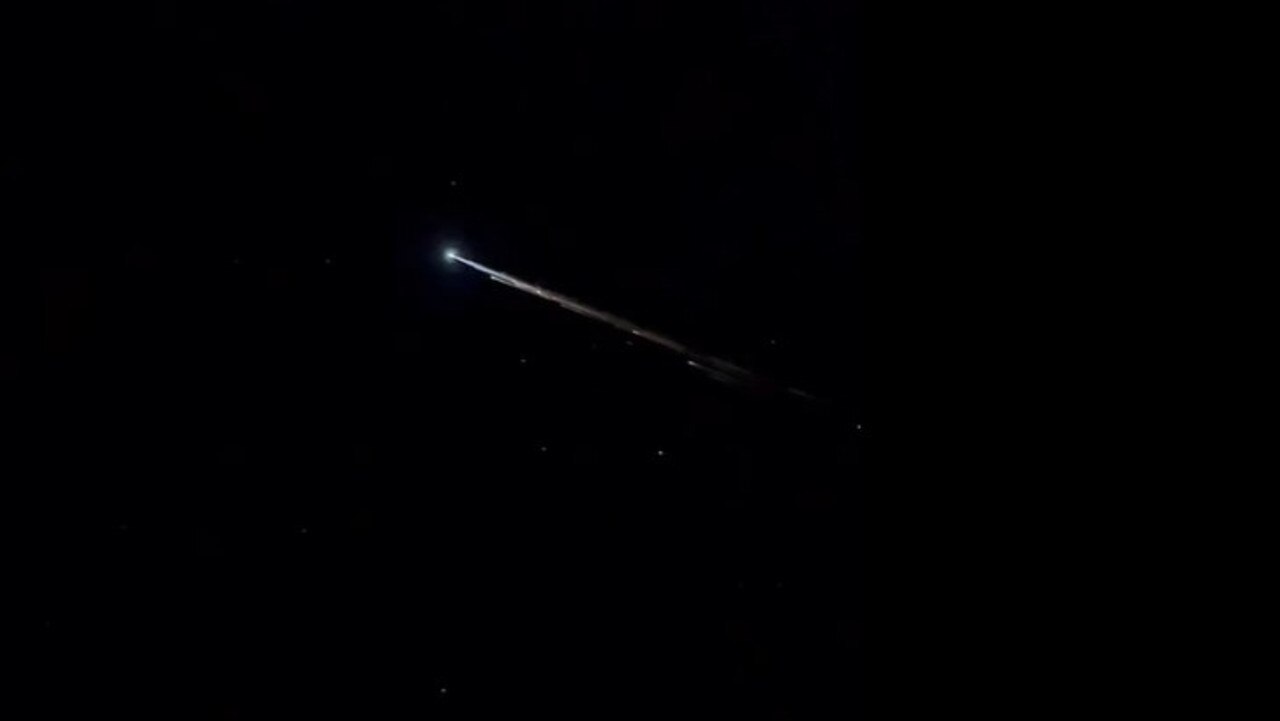
The chase is on
Australia’s Defence Space Command (DSpC) is barely a year old. But it’s already been – unintentionally – in the thick of the action.
In August, it participated in a global hook-up of civilian and military space awareness organisations to learn what this new theatre entails.
“As well as the simulated exercise, Russia launched a satellite during the exercise, in real-time,” DSpC participant Corporal Jackson Smart said shortly after the Sprint Advanced Concept Training exercise wrapped up.
“We were able to plot the trajectory of the Russian launch using commercial sensors and quickly identify its initial orbit.”
It wasn’t just any satellite.
Kosmos-2558 was on an orbital path tailing that of a US spy satellite (USA-326).
That hints it could be an “inspector”. Or an assassin.
Russia’s known to have both.
The only official comment relating to Kosmos-2558 has been by US Space Command’s General James Dickinson. He said its tailgating behaviour was “really irresponsible”.
It could be far worse.
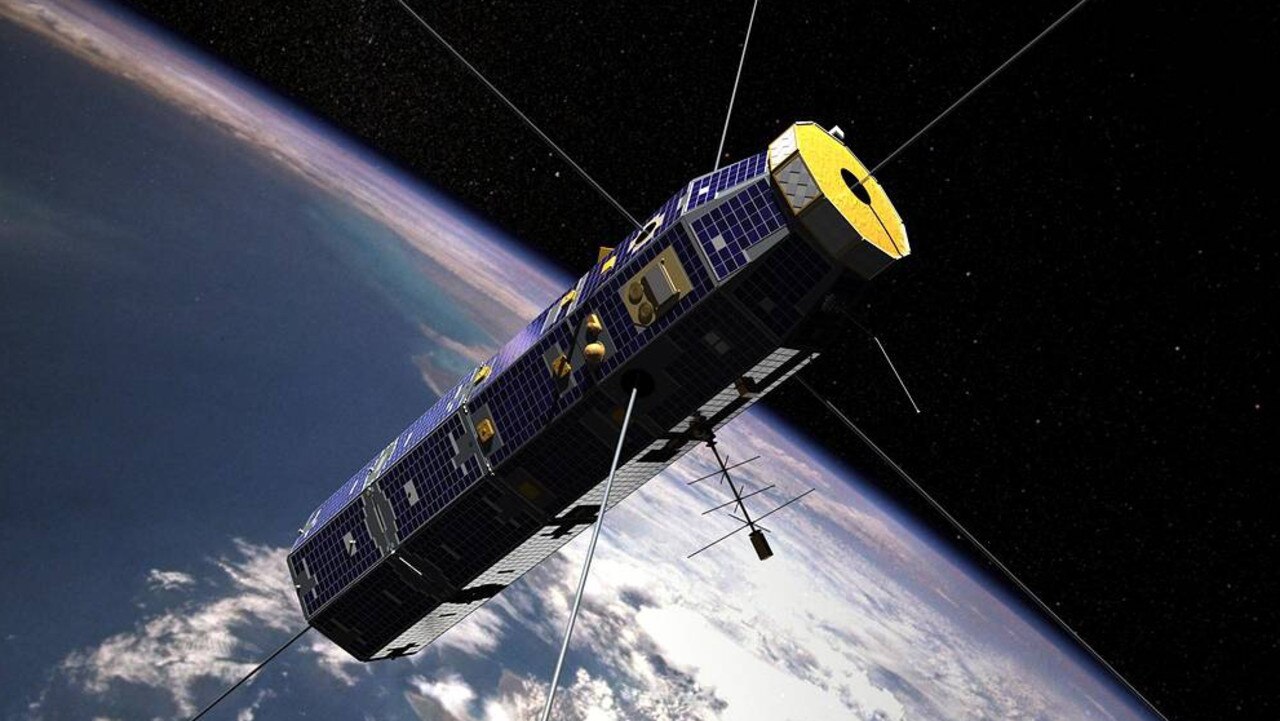
Russia has previously tested “chaser” satellites that can pass close to an object of interest for detailed photographs and electronic emissions analysis. But it’s also deployed small satellites armed with projectiles.
It’s done this before.
In July 2020, Kosmos-2543 was also stalking a US spy satellite. As it passed close by, it reportedly deployed a sub-satellite that seemed to fire a single shot.
The projectile was not aimed at anything, raising speculation that it was an overt threat.
“It’s very worrying, and you can be sure the Pentagon is tracking Kosmos-2558 closely,” says Belgian satellite security expert Bart Hendrickx. “(The Russians) seem to be waiting for the right moment to deploy that subsatellite. It hasn’t separated yet, but once it does, it could move next to the US satellite and do the unthinkable.”
Of zombies and trolls
Satellites in Low Earth Orbit (LEO) orbit as low as 160km above our heads. Bigger, more significant satellites, such as GPS beacons, have Geostationary Orbits some 36,000km high.
Neither is easy to observe clearly from the ground.
And that makes it easy for satellites, and even rocket debris, to be more than they seem.
Others, reported to have passed their expiry dates, can remain very much alive.
Even unintentionally.
Hackers revived a decommissioned Canadian telecommunications satellite annual Def Con hacker convention in August. Using roughly $500 of commercially available equipment, Karl Kosher revived it to broadcast live streams of the event worldwide.

Other unusual activity doesn’t have such a mundane explanation.
In September, a supposedly dead Saudi-owned communications satellite suddenly moved. ARABSAT 1A (15560) is now on a course that will pass through a densely populated patch of Geostationary Orbit.
Nobody knows why.
It wasn’t supposed to have thrusters. But this cannot be confirmed.
It doesn’t appear to have been hit by debris. But many are too small to track.
It could have been the accidental venting of a storage tank. But we have no way of checking.
Satellites can be moved. And it’s getting easier to do so.
It used to be very expensive and rare to fit chemical manoeuvring thrusters. But new technology, such as Australia’s Neumann Space’s metal-fuelled drive, has dramatically slashed their size and cost.
Others are pursuing the idea of “space tugs” to clean up – and recycle – space junk.
In January, China’s Shijian-21 space tug “towed” a defunct Chinese communications satellite out of its valuable Geostationary Orbit and into a deeper orbital “graveyard”.
But nobody can stop such a space tug from interfering with vital infrastructure.
The first starfighters
Both China and the United States are operating robotic spaceplanes.
These are similar to the old Space Shuttle in looks and capabilities. But not size.
Their cargo bays make them immensely flexible. Their thrusters give them the ability to move about in orbit. Their wings and heat-shield tiles allow them to return to Earth.
China’s second “reusable experimental spacecraft” launch was from the Gobi Desert on August 4. It’s since “flown” to a 608km high orbit.
Then, in late October, civilian and military ground-based sensors saw the spacecraft (NORAD ID 53357) had a companion. This is now sitting in space just 200m away.
We don’t know what it is. We don’t know what it’s doing.
But China’s not the only one doing mysterious things in orbit with its robot spaceplanes.
Boeing’s X-37 has been operational since 2010.
Its latest secret mission has lasted more than 900 days in orbit. We know one of its four mission payloads is a NASA experiment looking at the effects of space radiation on seeds. The remainder are top secret.
And that’s a problem.
“The fact that most space assets are dual-purpose and owned and operated by civilians and military alike highlights that it’s virtually impossible to separate the two uses,” argues Royal Australian Air Force Wing Commander Ulas Yildirim.
“This is because the security and prosperity of the state and its people are not mutually exclusive.”
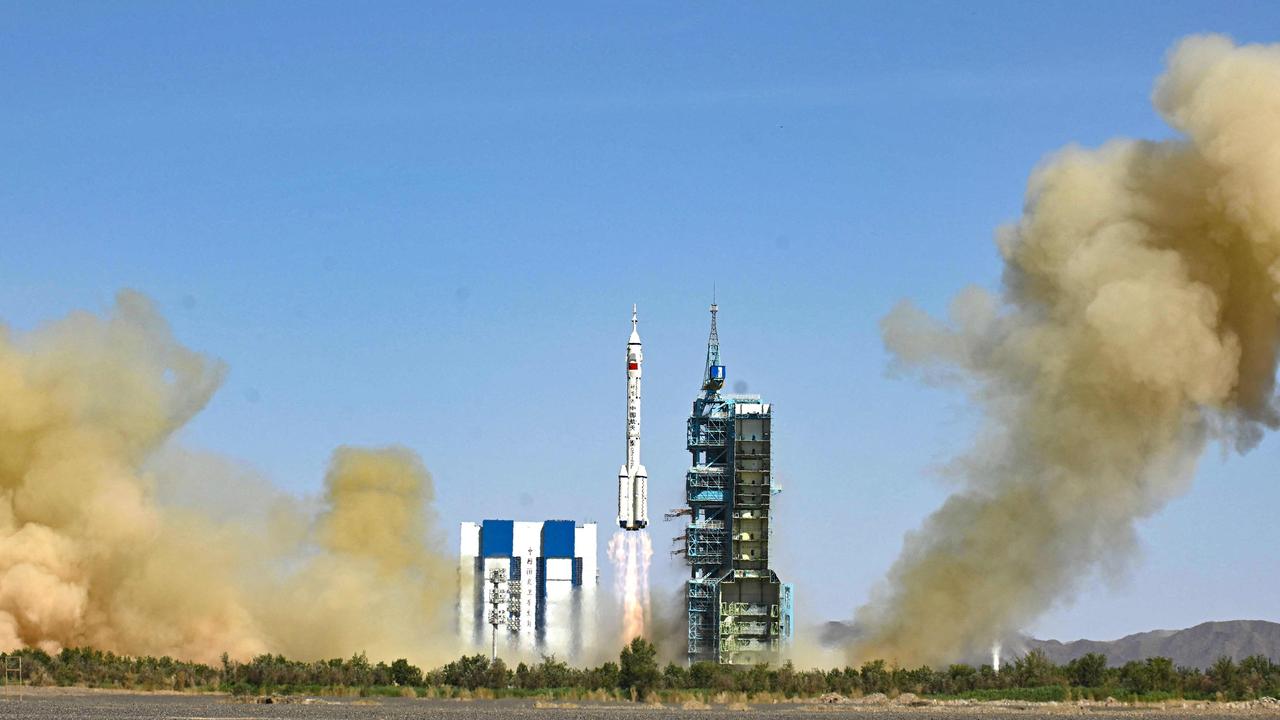
As access to space gets easier, and new technologies introduce new capabilities, orbital confrontations will continue to rise.
Space News reported in June that two Chinese companion satellites, Shiyan-12-01 and Shiyan-12-02, were approached by a US surveillance satellite. The two craft quickly separated – but not before one manoeuvred into an ideal position for close-up photos of its pursuer.
“The laws of armed conflict for the terrestrial domains evolved over many centuries, but that’s a luxury we don’t have in developing equivalent frameworks for space,” says Yildirim. “Settling these issues will remove any ambiguities on the role of defence space organisations upfront. And it will allow the argument to be framed by what nations seek to achieve rather than the means available to do so.”
Nuking orbit
Nuclear weapons in orbit are a real threat. We know the flash of electromagnetic radiation (EMP) can fry electronics on the ground. But it can do the same in space.
China thinks this may be an answer to the constellations of small, cheap satellites now swarming across the skies.
A People’s Liberation Army study published in May identified SpaceX and its Starlink communications constellation as a threat. It has been crucial for Ukrainian soldiers to bypass Russia’s efforts to jam and destroy ground-based phone and radio networks.
So China has simulated the effects of a near-space nuclear blast.
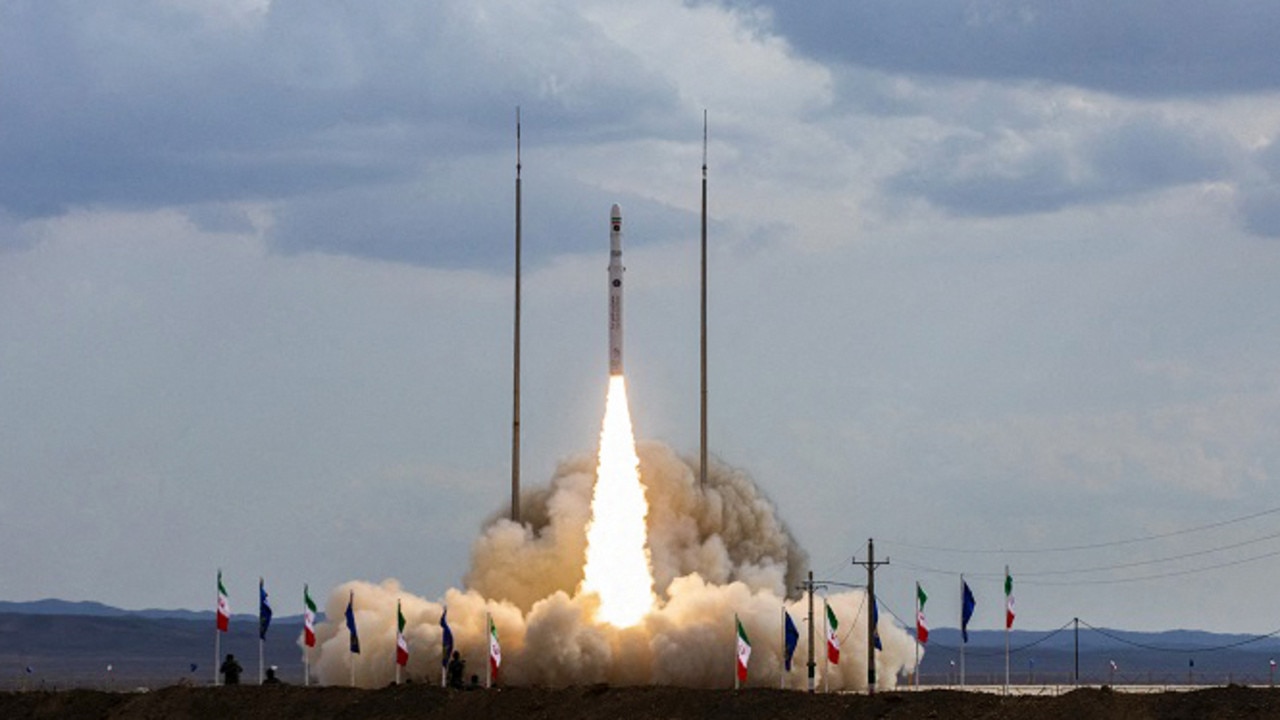
The Northwest Institute of Nuclear Technology calculated the impact of a 10-megaton explosion at an altitude of 80km. It found a cloud of radioactive atmospheric particles would balloon up to 500km high and cover a 140,000sq/km area.
“The strong residual radiation of the debris cloud may cause failures of spacecraft moving in it, such as satellites, or even cause direct damage that can lead to destruction,” the study reportedly reads.
“Due to the high concentration of fission products inside the debris cloud, the released gamma rays and beta particles are strong, making their effects on spacecraft and communications within the affected area stronger.”
Space War One?
While space conflict remains, for the moment, in the realm of spying, hacking and jamming, kinetic conflict is a real possibility.
“If competition continues, it is not inconceivable that it could lead to conflict,” warns Kings College London defence studies expert Mark Hilborne.
Especially over Ukraine.
“While the use of kinetic weapons, which destroy satellites by running into them at high speeds and which Russia tested recently, seems unthinkable, we cannot be sure what Putin will do next,” he adds.
It’s a threat recognised by Australia’s embryonic Space Command.
At the foundation of the command earlier this year, Air Vice-Marshal Catherine Roberts said Chinese and Russian space activities were her greatest concern. And establishing the ability to track, monitor and observe what’s going on over our heads is crucial.
‘I think the activities by China and Russia, which have been fairly well documented in the public domain, scare me,” Air Vice-Marshal Roberts said. “We need to accelerate the capabilities so we can deal with the threats.”
Jamie Seidel is a freelance writer | @JamieSeidel






